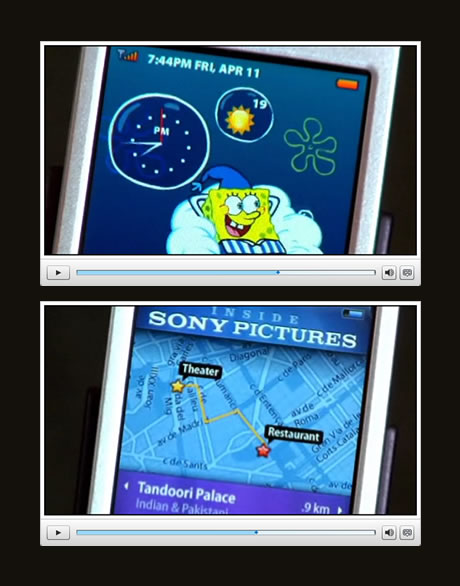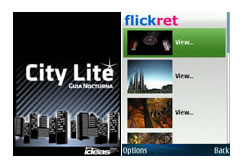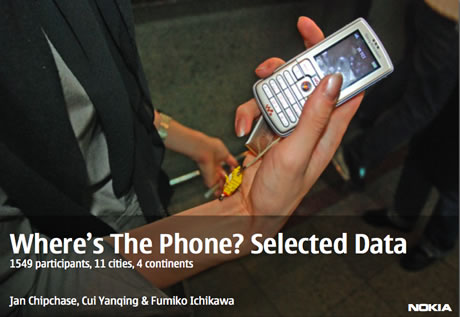
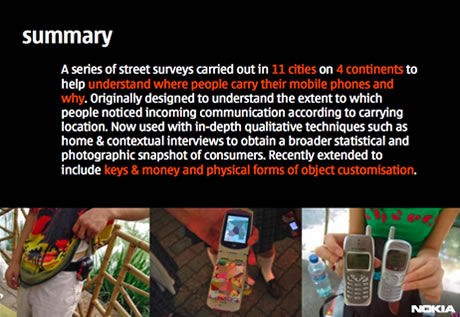
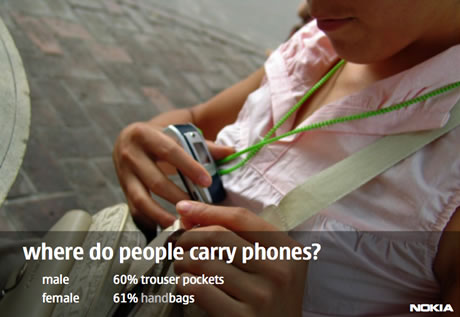
I found this very intresting research paper a Cross Cultural Study on Phone Carrying and Personalisation co-authored by Cui Yanqing and Fumiko Ichikawa which is presented at HCI International 2007 in Beijing.
This essay presents data from a series of Nokia street surveys conducted between 2003 and 2006 that explored where people carry their mobile phones and why?
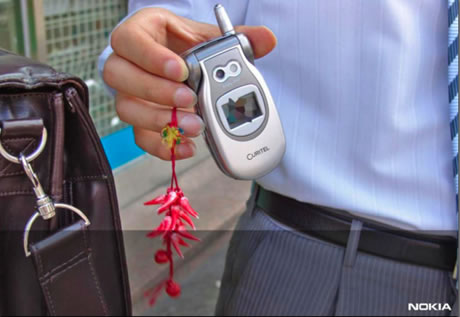
“Where’s the Phone street surveys set out to document the extent to which people noticed their incoming communication and cross refererence this information to the location where the phone is carried. The mobile phone’s effectiveness as a communication device is partly dependent on its owner noticing incoming communication (though whether someone decides to respond to that communication is another matter entirely) and it was assumed by the authors that the process of deciding to carry an object would correlate with a minimal level of its effective use. Contexts where there was a high likelihood of missing incoming communication presented a design opportunity both in terms of thinking about device redesign and from the perspective of connectivity-related services accessed through that device.
Download this pdf here as powerpoint or pdf (3MB).
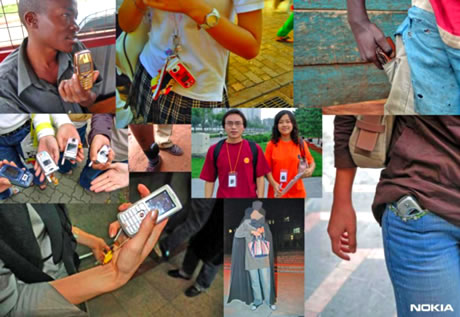
Read as from Jan Chipchase here.
View results of this research paper here
Very Interesting . .
vivek
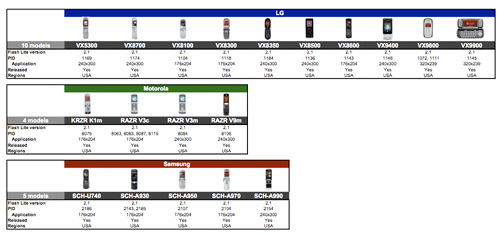
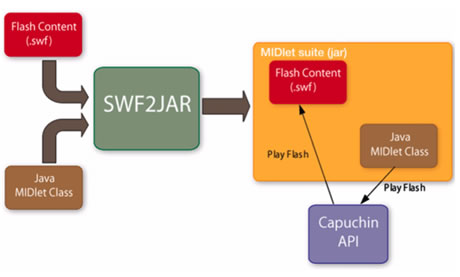
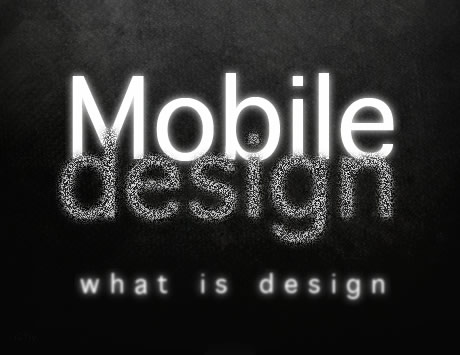
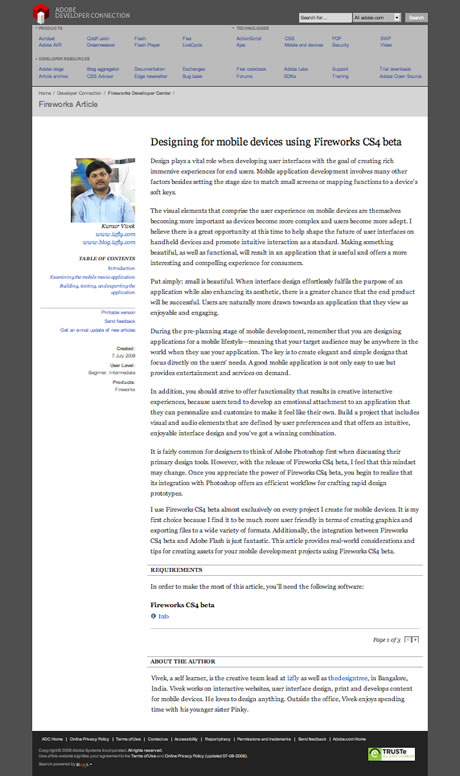
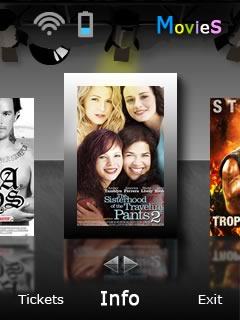

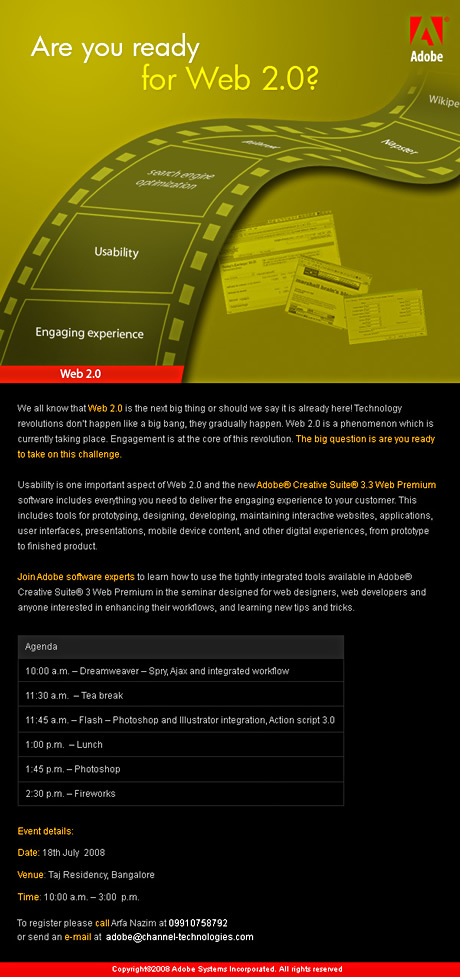



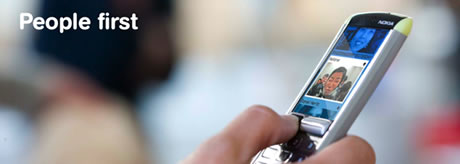
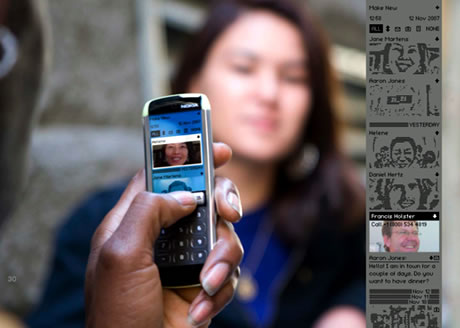

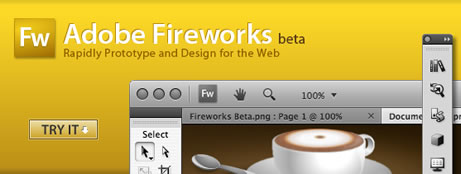
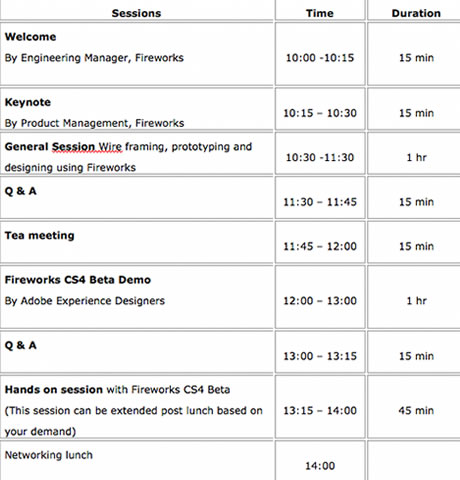
 Â
Â
